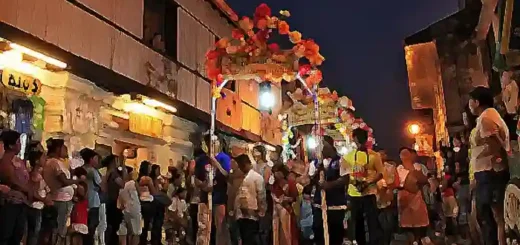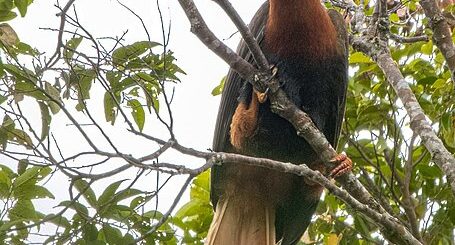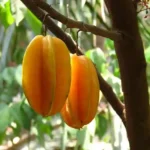Panabas Blade – A Symbol of Strength and Heritage
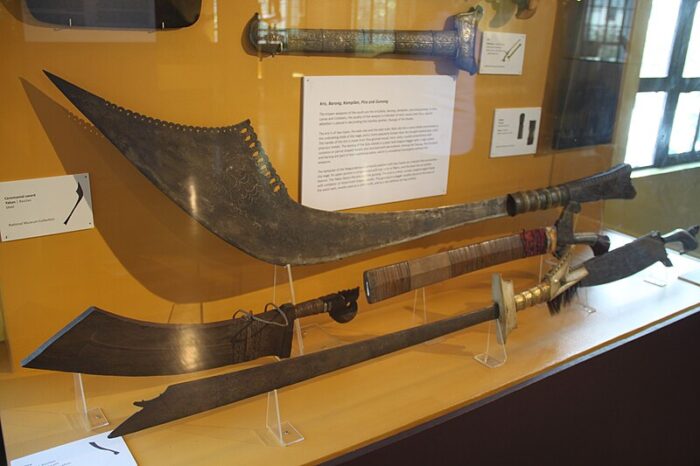
The panabas blade is more than just a weapon; it is a symbol of cultural heritage, craftsmanship, and the storied history of the peoples of the Philippines. With its distinctive design and rich background, the panabas holds a special place in the hearts of many Filipinos and martial arts enthusiasts around the world.
Origins and History of panabas
The panabas originated in the southern regions of the Philippines, particularly among the Moro people, who are predominantly Muslim and reside in Mindanao and the Sulu Archipelago. Historically, the panabas was used as a weapon in battles and skirmishes, playing a vital role in the defense of communities against colonizers and rival tribes.
The word “panabas” is derived from the Filipino word “tabas,” which means to cut. This aptly describes the sword’s primary function. It was often employed in close combat, where its curved blade could deliver powerful slashes and devastating strikes.
Design and Craftsmanship
One of the most striking features of the panabas is its unique design. The blade is typically long and curved, tapering to a sharp point. It often ranges from 30 to 40 inches in length, allowing for significant reach in combat. The hilt is often adorned with intricate carvings, reflecting the craftsmanship of local artisans.
Crafting a panabas is a meticulous process that requires skill and dedication. Traditionally, blacksmiths use high-carbon steel to create a blade that is both durable and sharp. The finishing touches, including the polishing and the addition of decorative elements, are what make each panabas unique.
Cultural Importance
Beyond its practical use as a weapon, the panabas has deep cultural significance. It is often associated with bravery, honor, and the warrior spirit. In many communities, the panabas is considered a symbol of resistance against oppression and a representation of the fight for freedom.
The sword is also present in traditional ceremonies and rituals, often symbolizing strength and protection. In some families, the panabas is passed down through generations, serving as a tangible connection to ancestors and cultural heritage.
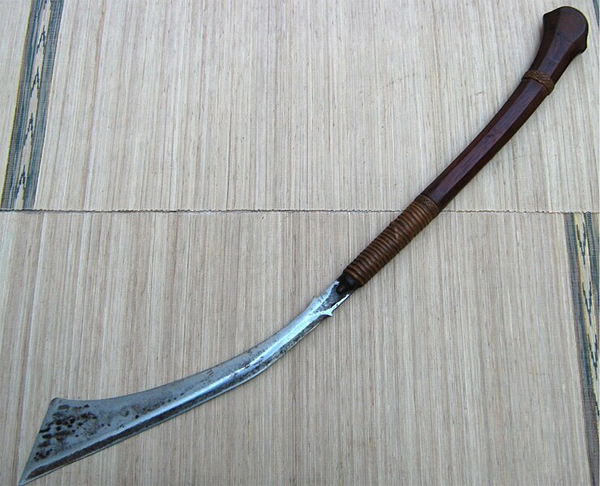
image from wikipedia, Author: Filhistorydotcom
The Panabas sword in Modern Times
Today, the panabas is not just a relic of the past; it continues to be celebrated and revered. Martial artists and historians study its techniques, and it is often featured in cultural performances and festivals. Additionally, collectors appreciate the panabas for its craftsmanship and historical value.
As the interest in Filipino martial arts grows globally, the panabas has gained recognition among practitioners of various disciplines. It is not uncommon to see it integrated into modern martial arts training, where its techniques and philosophy are adapted for contemporary use.
The panabas sword stands as a powerful testament to the rich cultural heritage of the Philippines. It embodies the spirit of resilience, craftsmanship, and tradition. Whether as a weapon, a piece of art, or a symbol of cultural identity, the panabas continues to inspire and connect people to their roots.
In a world where cultures often blend and evolve, the panabas remains a significant emblem of the strength and history of the Filipino people, a reminder of the past and a source of pride for future generations.
References:
https://en.wikipedia.org/wiki/Panabas
Image link.


